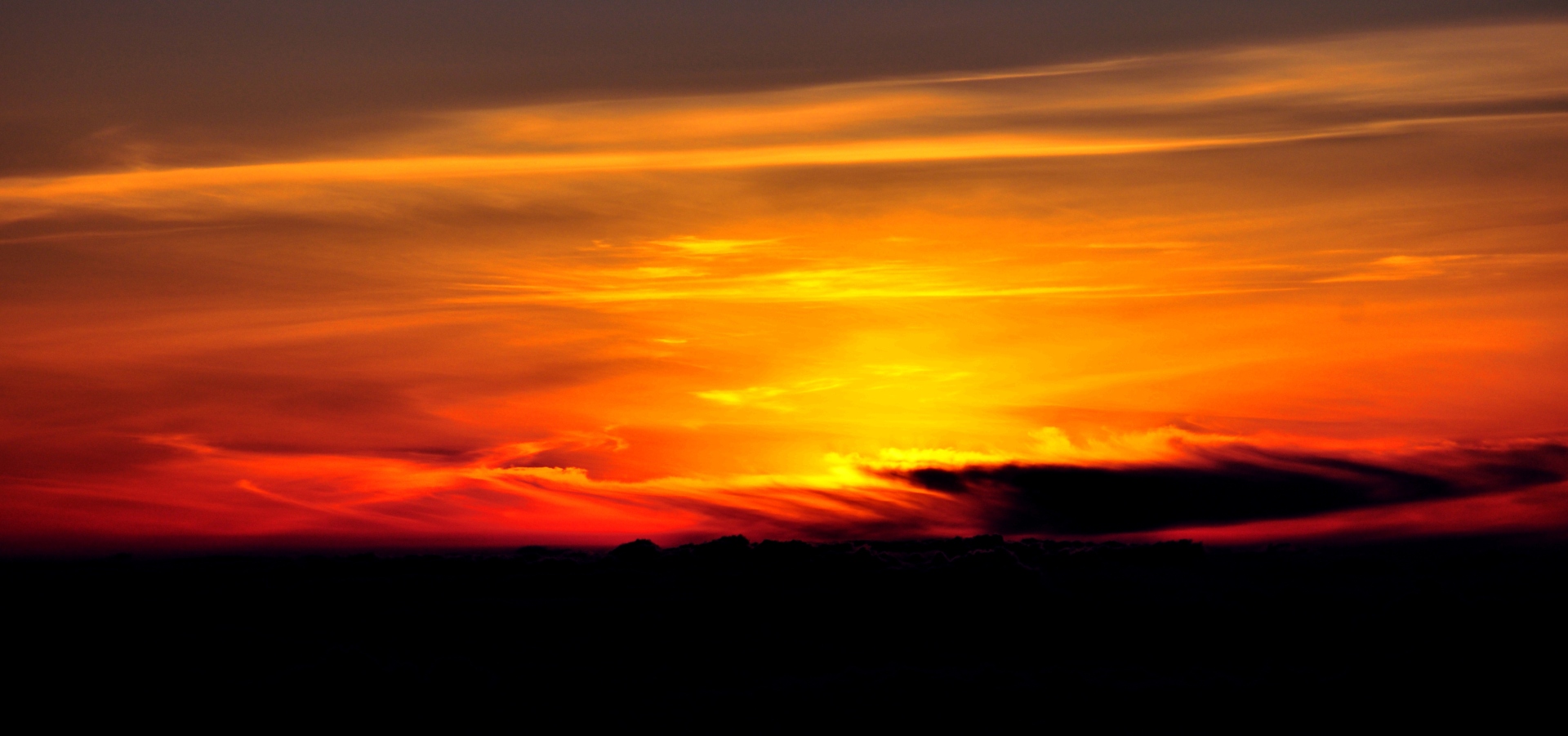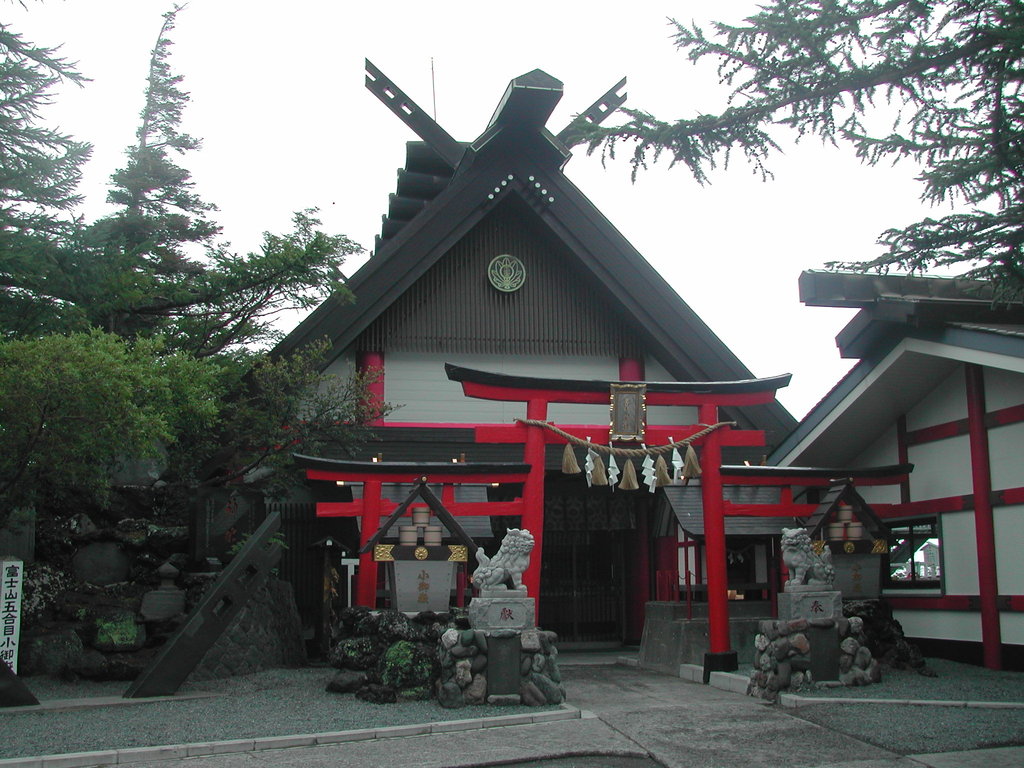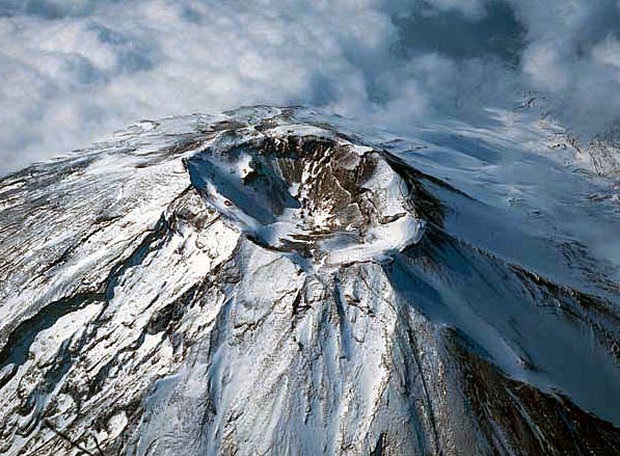The highest mountain in Japan was born from fire and may perish in the same way, yet its fragile beauty has been compared to that of a flower. Mount Fuji is not only a natural wonder, it is also a sacred place that has drawn pilgrims and inspired artists and poets alike for generations. The perfect symmetry of Mount Fuji’s silhouette has long been the ultimate Japanese symbol of beauty. Indeed, in Japan, the mountain is ‘that which is without equal’. It is a place for all seasons and all times of day, singularly beautiful when viewed from any angle.
But to climb to its snow-capped summit in spring and gaze down at the plum and cherry trees that blossom at its foot is said to surpass any other experience of Fuji’s grandeur. At 12,388ft (3776m), the mountain looms large in more than just the country’s landscape. It has provided inspiration for poets and artists for at least 12 centuries and has come to be identified with Japan itself. Moreover, it holds a special place in the country’s official religion, Shinto, and is also significant to Buddhists, who believe that a path encircling the mountain at 8200ft (2500m) marks the gateway to another world.
The artist Katsushika Hokusai recorded many views of Fuji, and it is these changing moods as much as its inherent beauty that have beguiled first native, and later foreign, visitors to the mountain. The Japanese poet Matsuo Basho (1644-94), for example, found majesty in all its seasons: ‘Though Fuji is hidden,/In the rain and mist of winter,/On such a day, too/There is joy.’ More recently the American writer Lafcadio Hearn (1850-1904), whose love of the country prompted him to become a Japanese citizen, called the mountain merely ‘the most beautiful sight in Japan’.

Fuji is the holiest mountain in Japan and has been accorded that status for centuries. It was first worshipped by the aboriginal Ainu people (who still live on the most northerly of Japan’s principal islands, Hokkaido), who bestowed the name of their fire goddess Fuchi on the mountain. The Japanese continued to venerate Fuji and retained the Ainu name. According to Shinto belief, higher spirits, or kami, exist in all works of nature, but mountains are deemed particularly sacred. Fuji, as Japan’s highest and most beautiful mountain, is especially revered; it is worshipped as the home of the gods, the symbolic link between the mysteries of heaven and the realities of earth.
Watching the sunrise – the goraiko – from the summit is one of the most moving experiences associated with Mount Fuji. Immediately before the sun moves above the horizon, its disc is reflected perfectly in the atmosphere, causing a wash of colours that evaporates once the sun rises.

The Shinto shrine just below the summit dates back 2000 years to a period of particularly intense volcanic activity during which the emperor ordered it to be built in an attempt to appease the gods. Even as late as the end of World War II, many Japanese considered it their sacred duty to climb the mountain. Eyewitness reports from the last century describe thousands of the faithful, dressed in white tunics, sandals and straw hats, ascending one of the six paths to the summit. The pathways were often littered with cast-off sandals, which were so flimsy that several pairs might be needed to complete the nine-hour trek. Today, an estimated 400,000 people – mostly Japanese tourists – climb Fuji every year, the vast majority during the months of July and August, when the snow relinquishes its grip on the summit.

Fuji’s summit is covered with snow for ten months of the year, and even during the two summer months patches of white cling to its slopes. Only the rocky crags perched on the crater rim escape the glistening blanket: high winds prevent snow gaining a foothold. Today, Fuji’s crater measures 1659ft (505m) across and 660ft (200m) deep. It has been compared to a lotus flower since it is ringed by eight crests, known as the Yaksudo Fuyo, the eight petals of Fuji.

From the top, the sides of the mountain slope away at an angle of 45°, then level out before reaching the ground. There, Fuji traces an almost perfect circle about 78 miles (126km) in circumference. In an arc around the northern slopes of the mountain are the Five Lakes. In spring, when the fruit trees and azaleas are in bloom, this area is a riot of colour; likewise in autumn, when the part-primeval forest around the lakes flames into brilliant reds, then myriad shades of brown. Many of the best views of Fuji itself can be had from these interconnecting lakes, whose still waters perfectly reflect the mountain’s natural symmetry. Like Fuji, the lakes are volcanic in origin.
According to Japanese Buddhist tradition, the mountain appeared overnight in 286 BC when the ground opened to form Biwa, Japan’s biggest lake; Fuji was made from the displaced earth. The legend Is not without foundation since the whole Japanese archipelago is riddled with tectonic fault lines, along which are situated many mountain ranges and lakes. The island of Honshu sits astride the major fault line, where 25 volcanic cones are clustered: the largest of these is Mount Fuji, whose origins date back some 10,000 years, not 2300 years, as claimed in Buddhist legend.

The wide plain that surrounds Mount Fuji has a history of intense volcanic activity. Some 300,000 years ago it erupted, spewing lava from the earth’s core. Outpourings from several cones have helped to fashion Fuji’s present shape by building up alternate layers of solidified lava and a conglomerate composed of cinder, ash and lava. These layers reflect the sequence in which a volcano erupts: huge volumes of molten lava spread out evenly over the mountain slopes; violent explosions then follow in which clouds of cinder, ash and lava pellets are ejected high into the air, before falling to cloak the slopes.
The first recorded eruption of Fuji was in AD 781, the latest eruption of Fuji was in AD 781, the latest eruption (Fuji is not dead, simply dormant) was in 1707, when the city of Edo (modern-day Tokyo) 60 miles (100km) away was covered in a dense layer of cinders and ash. The unique place that Fuji holds in the Japanese consciousness and the romanticism that surrounds the mountain may be due to the knowledge that its beauty might not endure. Tradition holds that it was born overnight; it may one day perish as suddenly in a ball of fire.
-end-




































